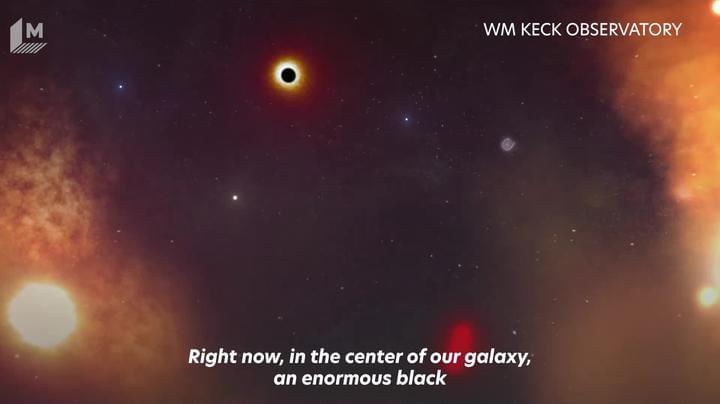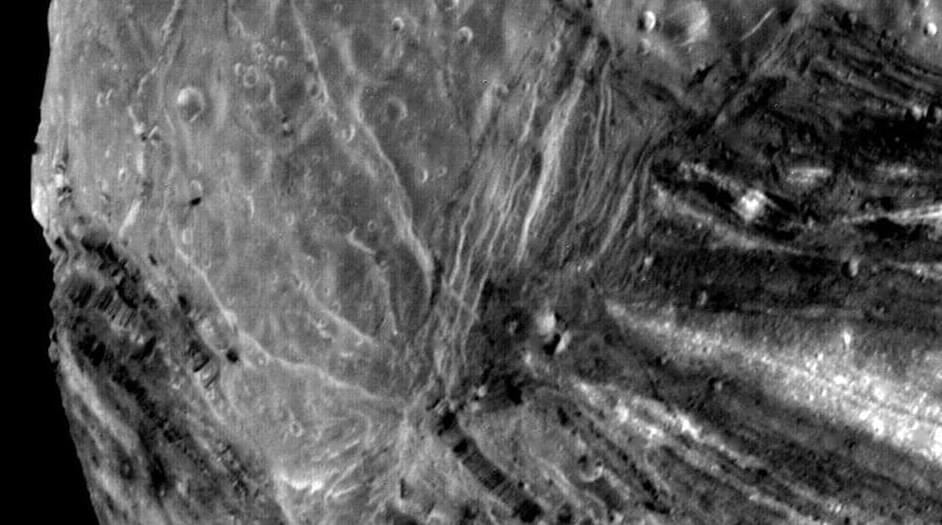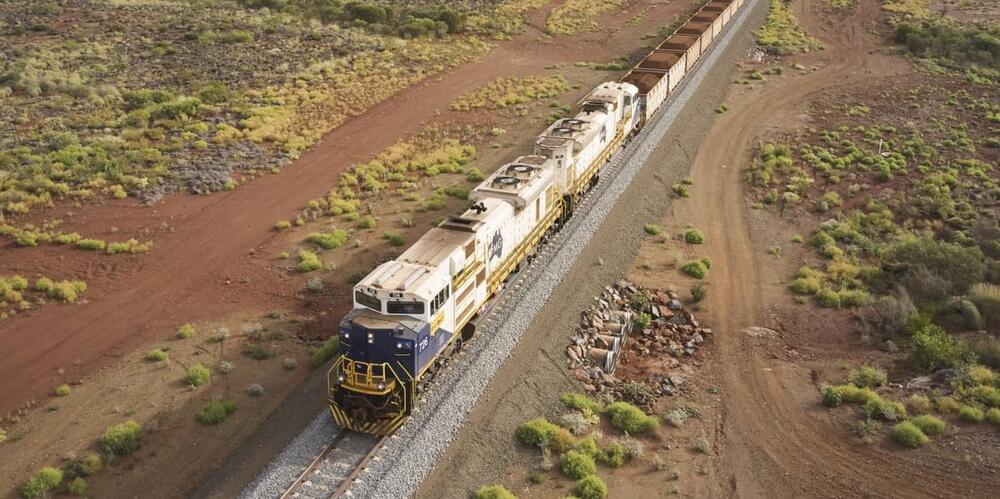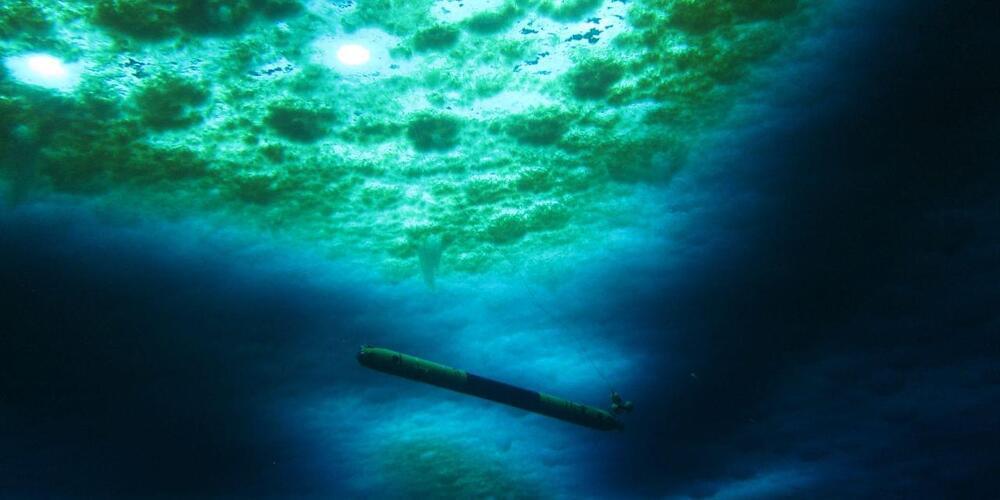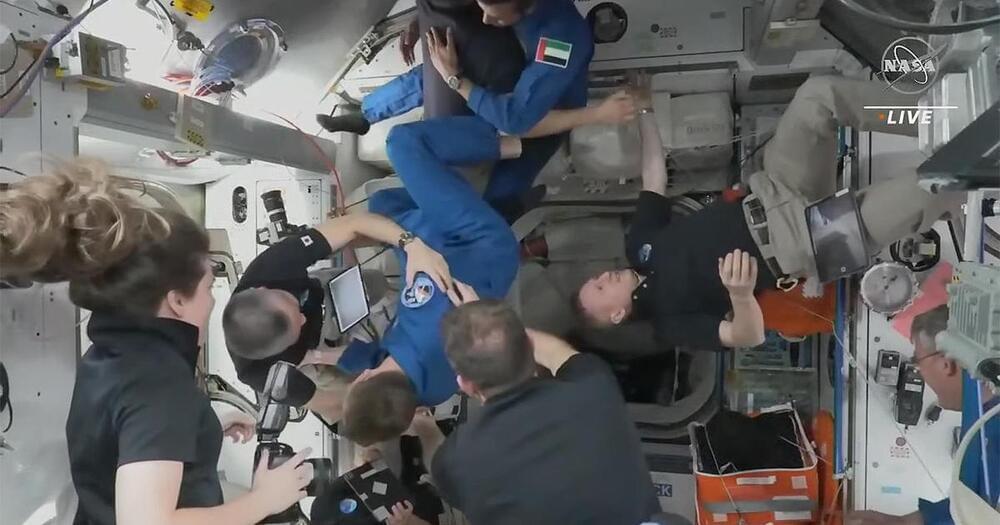A team led by Boston College has devised a new quantum sensor method to image and comprehend the source of photocurrent flow in Weyl semimetals.
In a recent paper published in the journal Nature Physics.
As the name implies, Nature Physics is a peer-reviewed, scientific journal covering physics and is published by Nature Research. It was first published in October 2005 and its monthly coverage includes articles, letters, reviews, research highlights, news and views, commentaries, book reviews, and correspondence.

